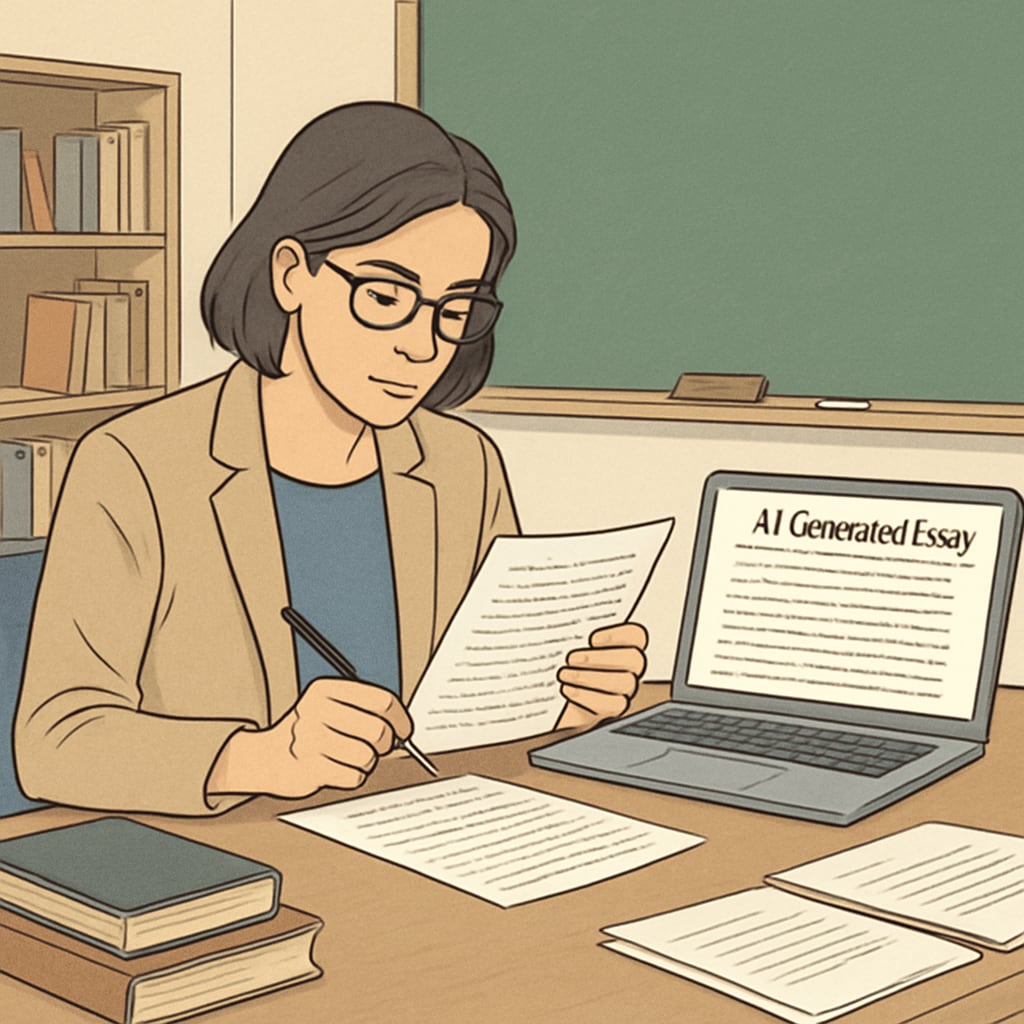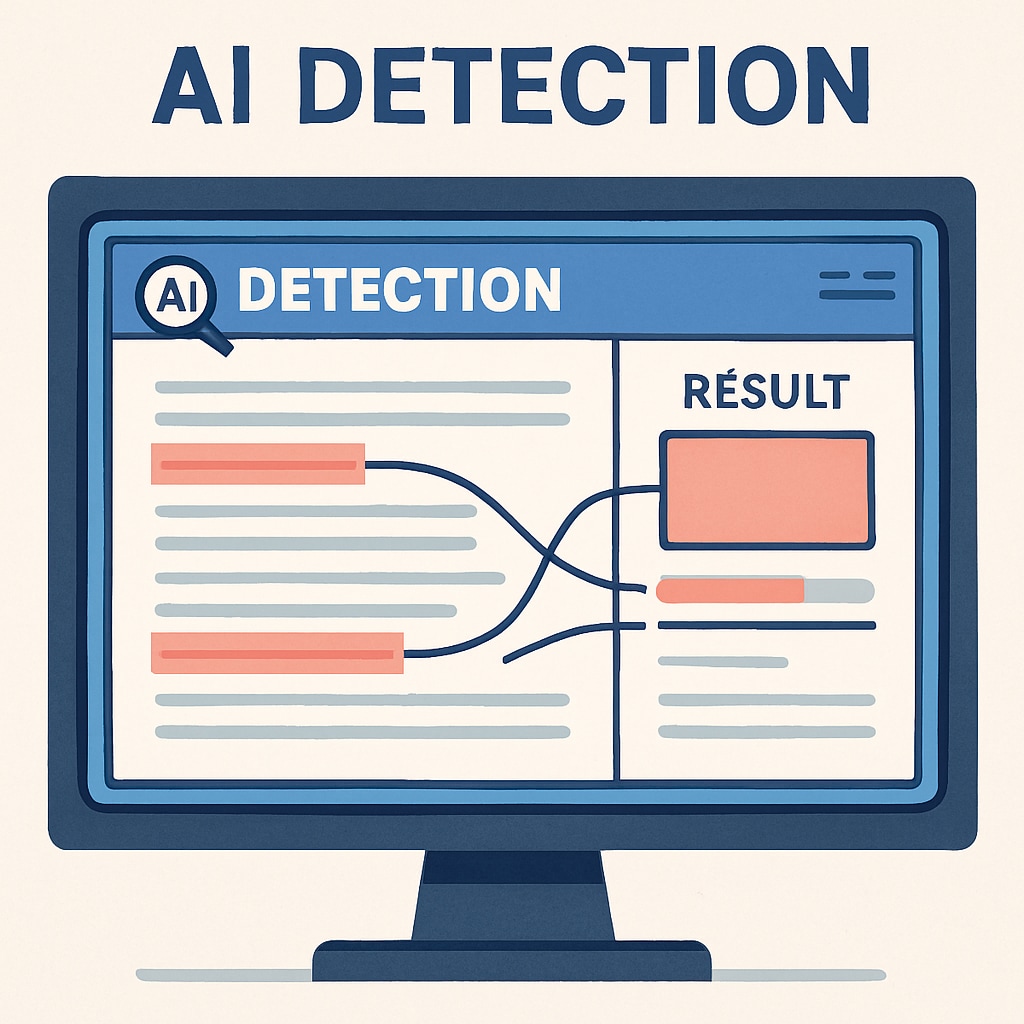The increasing use of AI tools like ChatGPT in education has introduced new challenges for academic integrity, detection methods, and education costs. These tools, while powerful and transformative, have sparked debates about their ethical use in academic settings. As students turn to AI for completing assignments, educators must reconsider traditional definitions of academic honesty and explore sustainable solutions to ensure fairness and accountability in assessments.
Redefining Academic Integrity in the Age of AI
The concept of academic integrity has long been associated with originality and personal effort. However, with AI tools capable of producing high-quality essays, solving complex problems, and even mimicking human creativity, educators are faced with the pressing question: How do we define academic honesty when external assistance comes from non-human sources?
Many argue that using AI tools without proper attribution constitutes plagiarism, while others suggest that embracing AI as a collaborative tool could open new opportunities for learning. To strike a balance, educators must establish clear guidelines on when and how AI tools can be ethically used. For example, schools could encourage transparency by requiring students to disclose their use of AI or integrate AI usage into the learning process rather than treating it as an unfair advantage.

The Limitations of AI Detection Methods
One significant challenge in addressing AI-driven academic dishonesty is the detection of AI-generated content. Tools designed to identify AI-written text, such as OpenAI’s own AI classifier or third-party detection software, often have limitations in accuracy and reliability. False positives can unfairly penalize students, while false negatives allow misuse to go unnoticed.
Additionally, as AI-generated content becomes more sophisticated, detection technologies struggle to keep up. For example, advanced AI systems use natural language patterns that closely mimic human writing, making it nearly impossible to distinguish between human and AI outputs. Despite the availability of detection tools, educators must remain cautious about over-reliance on these systems without additional validation.
Instead of focusing solely on detection, schools could implement alternative assessment methods, such as oral exams, in-class writing tasks, or project-based evaluations. These approaches emphasize critical thinking and hands-on learning, reducing the reliance on traditional written assignments that are more susceptible to AI misuse.

Balancing Educational Costs and Resources
Addressing the ethical and practical challenges of AI usage in education is not without cost. From investing in detection tools to training teachers and revising curricula, schools face significant resource demands. For institutions with limited budgets, these challenges can exacerbate existing inequalities in education.
Moreover, the integration of AI tools into education raises questions about who should bear these costs. Should schools invest in technology to counter AI misuse, or should they channel resources into teacher training and curriculum development? Striking a balance between technological solutions and human-centered approaches is crucial to ensure equitable access to quality education.
Collaboration between policymakers, educators, and tech developers can help address these concerns effectively. Governments could provide funding for AI literacy programs, while tech companies could develop affordable or open-source detection tools tailored to educational needs.
Moving Forward: A Framework for Ethical AI Use
To navigate the complexities of AI tools in education, schools must adopt a proactive and comprehensive approach. Below are key recommendations for fostering ethical AI use and maintaining academic integrity:
- Establish Clear Policies: Define when and how AI tools can be used, and communicate these guidelines to students and parents.
- Promote Transparency: Encourage students to disclose AI use in their work to foster a culture of honesty and accountability.
- Redesign Assessments: Incorporate diverse evaluation methods, such as oral presentations and group projects, to reduce dependence on written assignments.
- Invest in Training: Equip teachers with the skills and knowledge to effectively integrate AI into their teaching practices.
- Collaborate with Tech Developers: Advocate for the creation of reliable and accessible AI detection tools that address educational needs.
As AI continues to evolve, the education sector must remain adaptive and innovative. By addressing the ethical, logistical, and financial challenges of AI tools, schools can create a learning environment that values integrity and prepares students for the complexities of the digital age.
Readability guidance: This article uses concise paragraphs and structured subheadings to improve readability. Lists and examples are included to summarize key points effectively, and transitions are used throughout to ensure logical flow.


